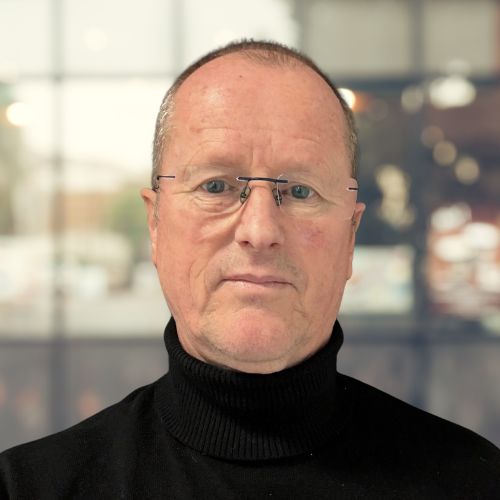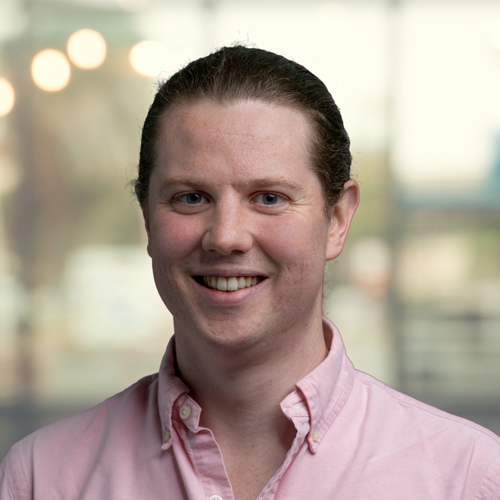
Vacuuming the highway to reduce environmental microplastics from tyres
Abrasion of tyres is the largest source of microplastics in the environment. Tyres abrade when you brake, accelerate or corner sharply and it is therefore impossible to avoid this abrasion. In new research with Heijmans, we see a solution in the use of asphalt that collects tyre wear. If the road surface is then “vacuumed”, it may be possible avoid emission of these microplastics to the environment.
Influence of Open Asphalt on tyre wear collection
The Dutch highways are made almost exclusively from open asphalt to reduce noise disturbance and increase water drainage. The open structure of this surface also appears to retain tyre wear particles. If this surface is then cleaned and collected, we can possibly avoid that these particles end up in the environment.
Luke Parker, scientist at TNO, emphasizes: “It is crucial that this open asphalt is cleaned on time, because you lose the particle retention capability if the structure becomes completely filled.”
In the first research phase, the TNO researchers have shown through measurements along the A2 that far fewer microplastics are deposited immediately next to an open asphalt road than next to roads not made of open asphalt, such as the N201. In a new project in collaboration with Heijmans, TNO will investigate by how much the microplastics emission to the environment is reduced.
Tim Bulters, business developer for Circular Plastics at TNO, sees potential: “if we can demonstrate through this research that open asphalt helps to retain microplastics, then our advice is to also use open asphalt on provincial roads in the Netherlands and to roll it out throughout Europe.”
Highest concentrations of microplastics close to the road
This research builds on TNO’s research into the sources of microplastics and steps we can take to mitigate them. In 2022 and 2023 we carried out, together with the project group LEON-T, a large-scale measurement campaign to collect tyre wear particles along various roads in the Netherlands.
From this measurement campaign it appears that tyre wear particles are mainly deposited in the first few metres closest to the road and that almost no particles are found 100 metres from the road. Therefore, the focus for clean-up of such particles should be on the road and its immediate surroundings.

The degradation of tyre wear particles
The particles that lie along the road degrade over time due to light, heat and microbes. This degradation process can lead to the formation of smaller microplastics that are a potential health risk. In our laboratory, we have shown that tyre wear particles degrade quicker than other plastics.
These smaller microplastics can be more easily breathed in and potentially reach the lungs and blood. These microplastics can also be taken up by the soil ecosystem with potential consequences for groundwater. During degradation, chemicals can also leach out, making this a multifaceted and concerning problem.
The particles found alongside the road contain not only tyre wear, but also particulate matter from the engine and fragments from the road surface. This results in a mixture of different pollutants and creates a complex problem for the surrounding.
Learn more?
Read more about our research into tyre wear emissions or download the report about the degradation of tyre wear particles (pdf).
Follow-up research into tyre wear emissions
There are still many open questions which we aim to answer in a follow-up project with Heijmans, financed through ChemistryNL.
In this project, we will investigate which chemicals are formed during the degradation of tyre wear particles, whether these are dangerous, and where they are found in the environment. By measuring next to roads made from different types of asphalt, we hope to quantify the effect open asphalt has on reducing tyre wear emissions to the environment.
Help us reduce the impact of microplastics. Participate in our research and contribute to a cleaner future. Or contact us for more information.
Get inspired
The energy system of the future


Grid congestion


1 in 12 children growing up in energy poverty


Smart networks for a future-proof energy system


Home renovations reduce not only energy costs but also healthcare costs and medication use




